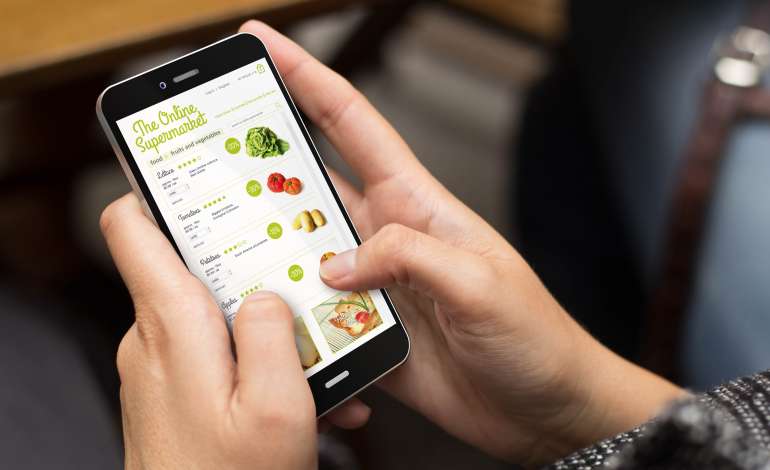Impact In-Store: Shopper Hot Zones
WE ARE LISTED, NOW WHAT?
- Where should we present and communicate the products to get best noticeability by target shoppers?
- What should we communicate at these points in-store that will nudge shoppers to buy? (e.g. layout, claims, visuals, logos, colours, shapes, offers and/or retail staff prompts etc.)
Where we locate and what we communicate can mean the difference between a brand growing their sales or being delisted. There is a large graveyard of products that may have had fantastic usage experience, but unfortunately never got picked up by shoppers in-store or online.
Unless there is an unlikely scenario where ROI on marketing spend is not an important factor and retailers are willing to give complete control of their stores or e-commerce site, then understanding and considering how to utilise shopper hot zones is paramount to brand growth.
WHERE IN STORE?
In this case we had six different hypermarket stores with the same joint promotion of a range of regional food meal ingredients including steaks, premium butter and some condiments. This promotion ended up being located in different areas of the different stores, and what we found when we intercepted shoppers in these different parts of store, was that the level of awareness of the promotion was higher in the areas where shoppers would expect to find this product range versus when located in other areas of store, as outlined in the graph below.

ON-SHELF HOT ZONES
It is worth noting for brands and category teams when considering their hot zone strategy that it may not always be possible to get located at the hottest selling point on shelf or counter. This is where it is even more essential to consider the design of packaging and point of sale materials in terms of claim, visual, shape and colour to win shoppers attention. Take for example the category below…


SHOPPERS’ SEQUENCE OF OBSERVATION
WINNING THE MOMENT OF CHOICE
STOP – See Me
ENGAGE – Notice Me
LAND – Buy Me
We will share more of the insights and learnings we gain from our work in future blog posts, but in the meantime to find out more and discuss how we can help your business win at and up to the moment of choice do get in touch at info@visualise.ie




